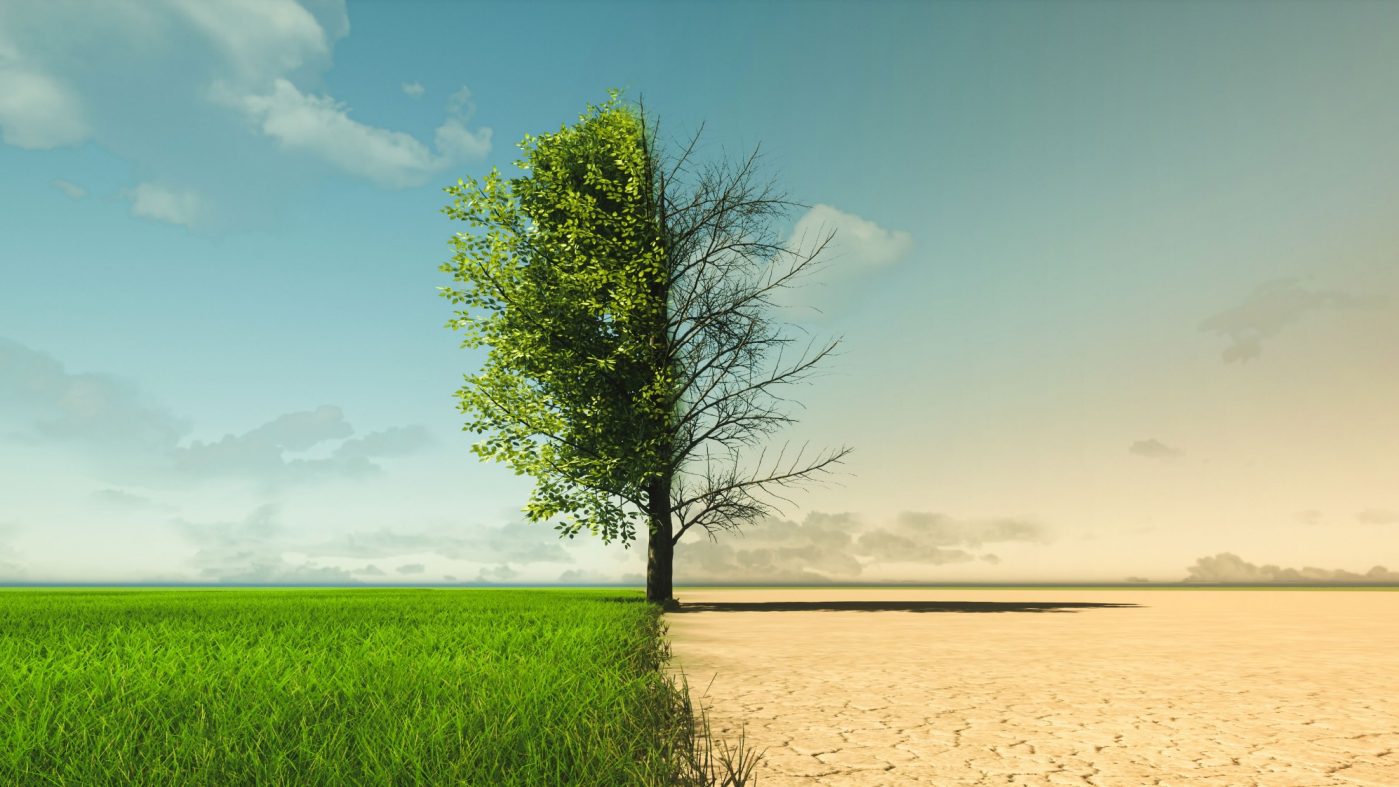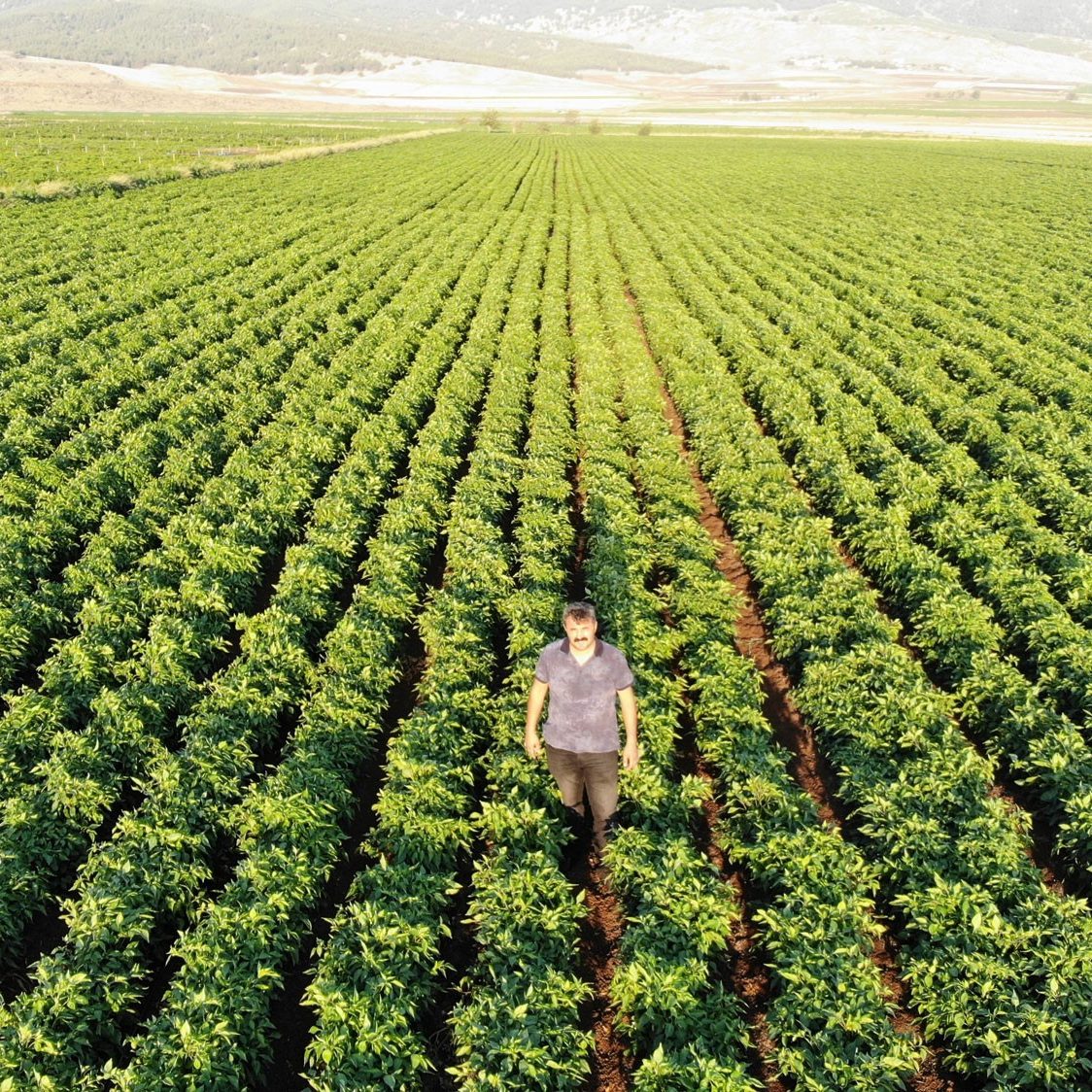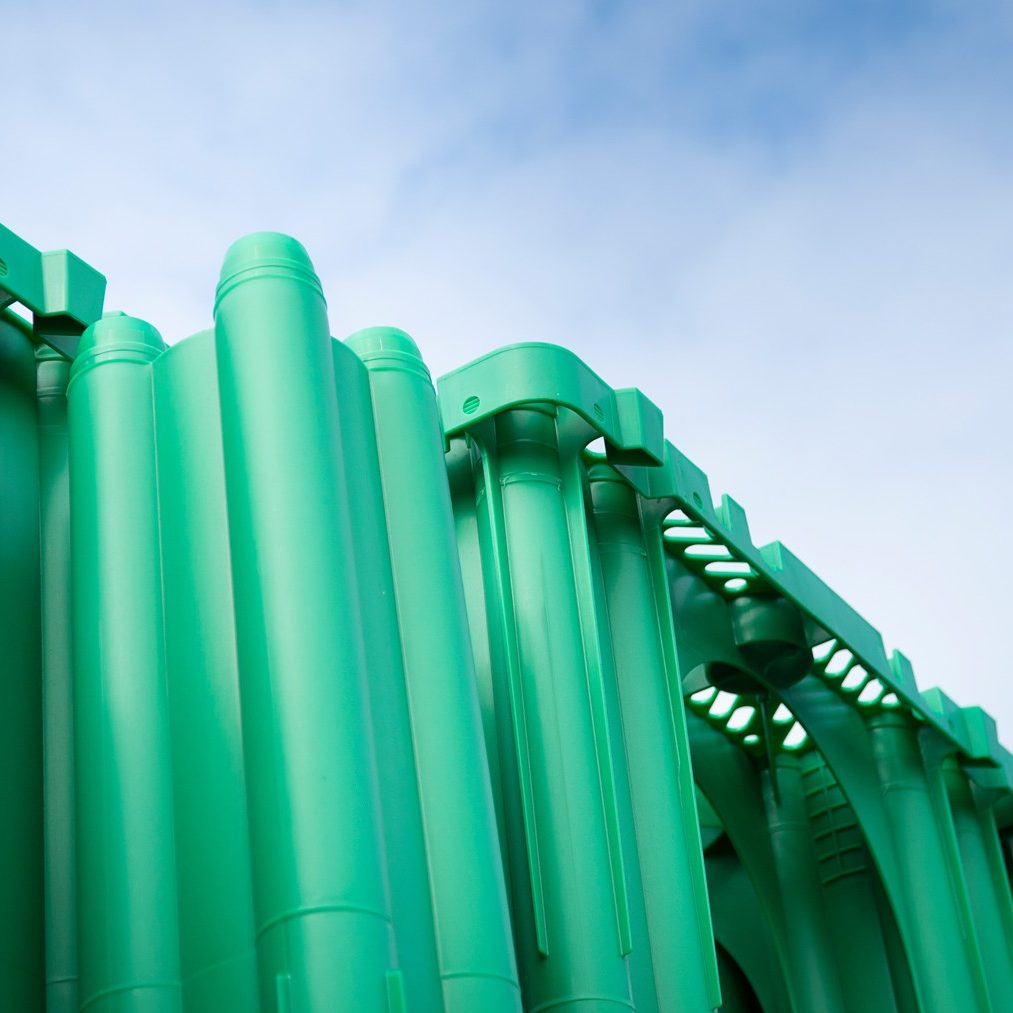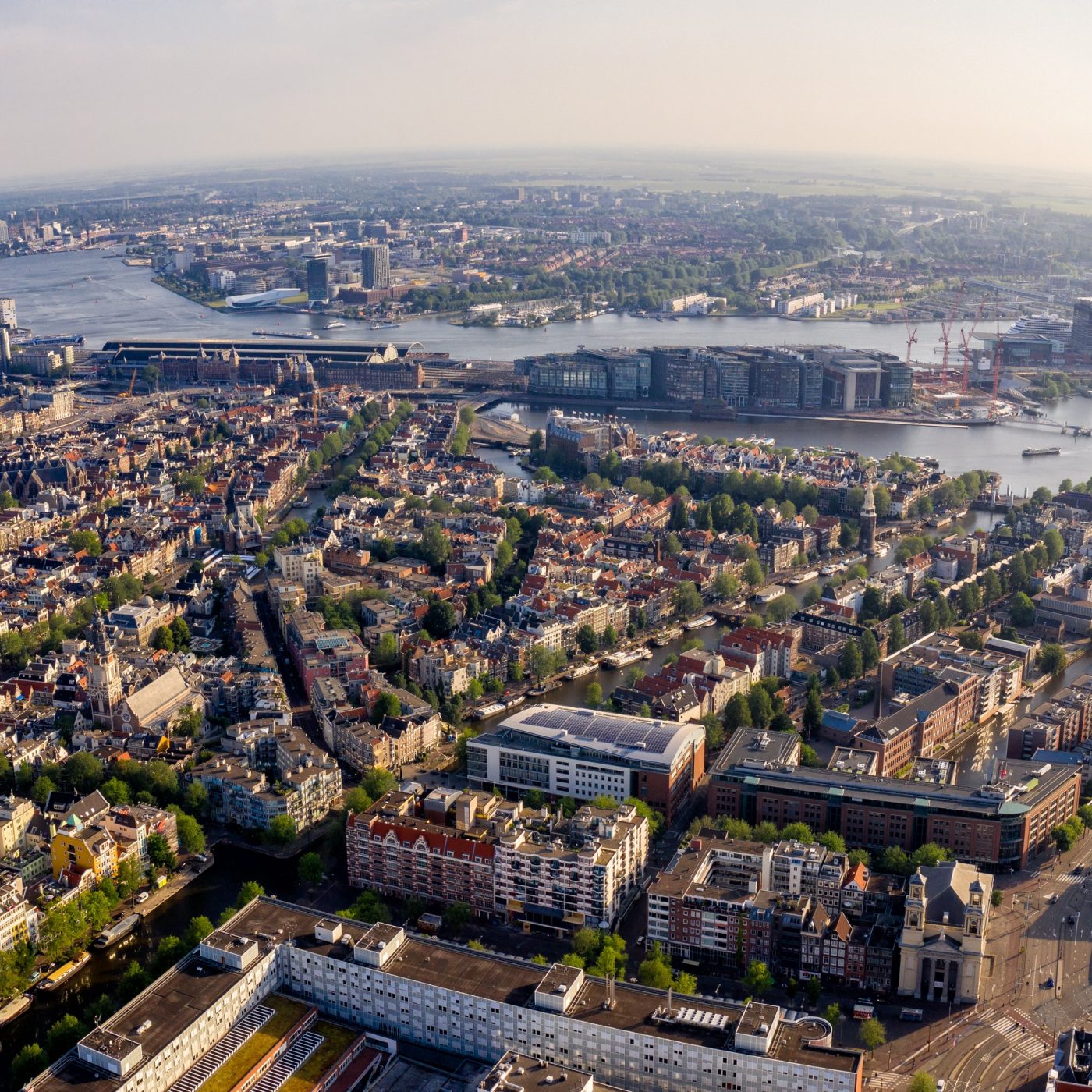 © Julia Arda/Adobe Stock
© Julia Arda/Adobe Stock
Precious Resource Water: Solutions for the Future
Climate change, population growth, urbanization: water is becoming increasingly scarce all over the world. This requires urgent and sustainable water management.
 © Julia Arda/Adobe Stock
© Julia Arda/Adobe Stock
Climate change, population growth, urbanization: water is becoming increasingly scarce all over the world. This requires urgent and sustainable water management.
From food and health, housing and industry, to agriculture and nature, there is no area of life that does not depend on water. But our water security is in danger because water is in increasingly short supply all over the world. Climate change and other megatrends are changing the water cycle and creating huge challenges. Solutions for sustainable water management must be implemented quickly – for there is no time to lose.
Whether at the foot of Table Mountain in Cape Town in South Africa or the Egyptian megacity of Cairo, water scarcity is increasingly making headlines around the world. According to the UN World Water Development Report 2020 more than a quarter of the world’s population (2.2 billion people) lack access to clean drinking water. More than half (4.2 billion) lack access to adequate sanitation facilities.
Global water consumption has increased sixfold in the past one hundred years. Demand is increasing by a rate of approximately one percent per year driven by a combination of population growth, economic development and rising consumption. At the same time, wetlands have been shrinking.
Unless action is taken soon, the effects of climate change will only make this water scarcity worse. The United Nations warns that up to 4.4 billion people will have limited access to water in 2050. It has therefore enshrined access to clean water and sanitation as an objective in the United Nations Sustainable Development Goals (SDG 6).
 © appledesign / Adobe Stock
© appledesign / Adobe Stock
Symbolic image of two landscapes – left verdant, right parched: In many places climate change is leading to drought.
Water scarcity is a phenomenon that is no longer restricted to the southern hemisphere. In the USA and Europe too, water is becoming an increasingly precious commodity. According to the European Environment Agency demand for water has steadily increased over the past 50 years. The Agency predicts that one third of the EU’s surface area will be exposed to temporary or persistent drought in future. The main reasons for this are population growth and lower levels of precipitation.
The biggest user of water is agriculture According to a Special Report of the European Court of Auditors the agricultural sector is already responsible for a quarter of all water abstraction in the European Union. Sustainable irrigation and drainage systems will therefore play an essential role in combating water scarcity in future.

Especially in southern Europe an increasing volume of water is having to be diverted to irrigate agricultural land. The potential for savings is enormous. The EU estimates that modern methods of irrigation could reduce the volume of water abstracted just for growing fruit and vegetables by more than 40 percent. One such method is drip irrigation. The wienerberger subsidiary Pipelife is working hard to develop solutions for the agricultural sector.
It is not only drought that brings new challenges. According to the UN, more than 90 percent of major disasters in the last ten years have been caused by extreme weather events. In its current Assessment Report, the Intergovernmental Panel on Climate Change IPCC predicts that extreme weather and heavy precipitation will occur more frequently in future. This will be case even if the global climate goals are achieved and warming can be limited to less than 1.5 degrees Celsius by the year 2100 compared to the pre-industrial era. The consequences are flash floods, high water and flooding.
This presents cities in particular with major hurdles. In Europe growing urban centers are increasingly suffering from the impacts of heavy rainfall. The reason: ever larger areas are being sealed with concrete or asphalt and cannot absorb seepage water. In the EU alone, several hundred square kilometers of land are sealed each year. In addition, many drainage systems are not designed to cope with such high levels of precipitation. To combat this, permeable surfaces that offer infiltration potential and infrastructure solutions for storing water are increasingly needed.

The efficient management of stormwater runoff provides the urban planners of the future with a huge opportunity. Raineo® from Pipelife for example makes it possible to collect stormwater that is then filtered and channeled into so-called stormboxes. The water can then be released from the stormbox to seep slowly into the soil. Alternatively, it can be retained in the stormbox before being transported into the public sewage system or harvested for further use in irrigation.
The drinking water supply will also become an increasingly crucial issue for the cities of the future. This is because of the relentless megatrend toward urbanization. According to a UN report, more than two thirds of the world’s population will be living in urban areas in 2050. UN forecasts predict that more than one billion people in urban areas will then live with limited access to water. An important factor in this context is inadequate infrastructure.
Europe’s cities are struggling with ageing drinking water systems. In some EU countries more than half the drinking water supply is wasted due to leaking pipes, lack of proper management and poorly maintained infrastructure. In London alone, leaks from ageing mains waste enough water to fill 300 Olympic-sized swimming pools every single day. By implementing smart water management systems millions of cubic meters of water could be saved annually.

How can drinking water systems be maintained efficiently? One innovative method is smart probing: this intelligent technology allows infrastructure operators to inspect pipes at any point in the network. Pipelife is currently running a pilot project in the Netherlands with the system. In addition, the company is also working on another exciting technology – trenchless pipe-laying.
Conclusion: Megatrends like climate change, exploding population growth and urbanization make the availability and distribution of water more difficult than ever. New solutions and innovations are needed to deliver a future that subsequent generations will want to live in.